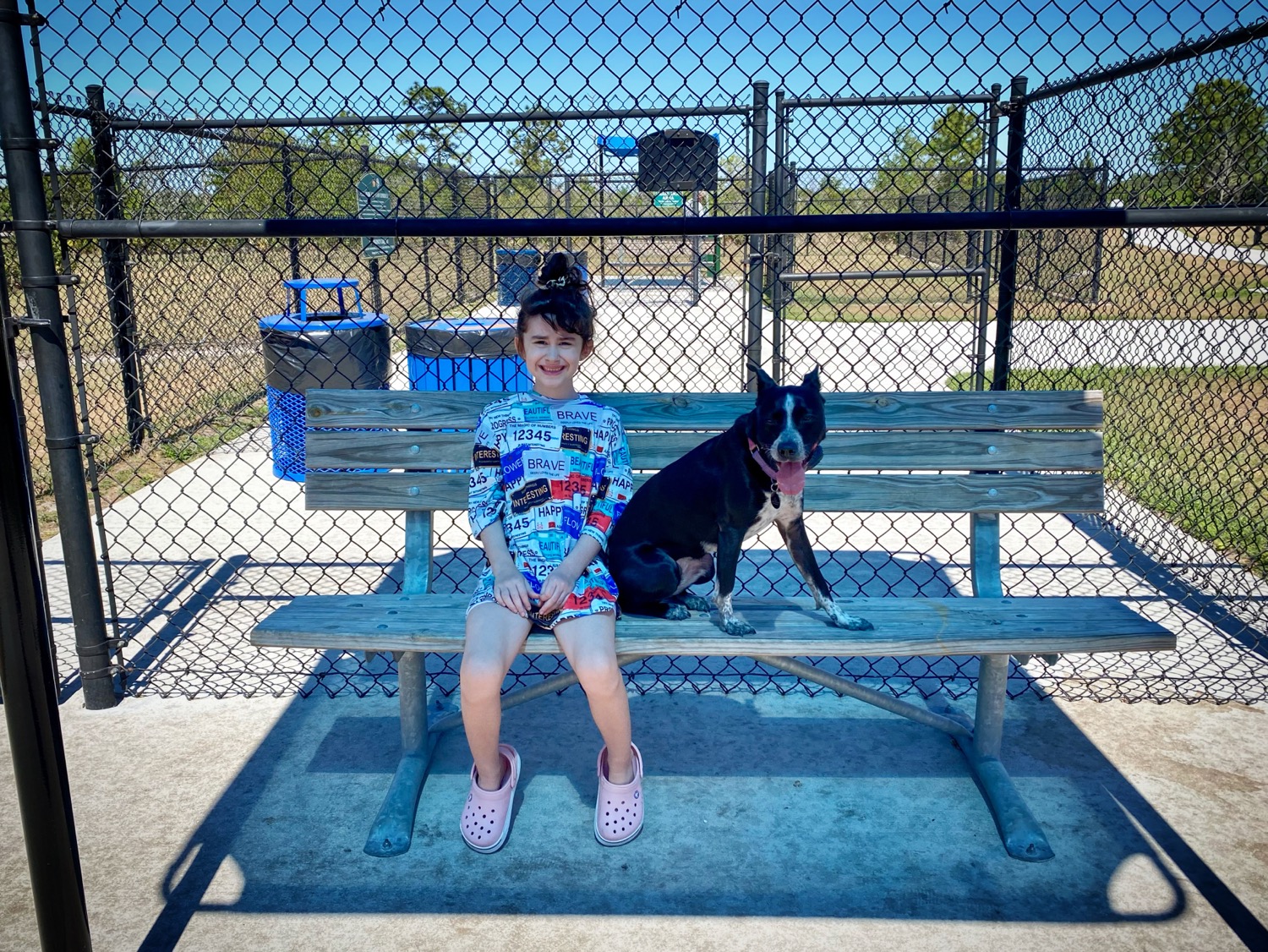The Synergy of Exercise and Training: Why a Well-Exercised Dog Learns Better
- Jason Parks
- Oct 16, 2023
- 3 min read
Introduction
For many, the equation is simple: a tired dog is a good dog. But this maxim doesn't just hold true for reducing unwanted behaviors – a well-exercised dog is also more receptive to training. Delving into the intricate relationship between physical activity and cognitive receptiveness offers profound insights into effective dog training.
The Underlying Science: Exercise and Brain Function
Before examining the training benefits, it's crucial to understand the science behind the exercise-brain function relationship:
Release of Neurotransmitters: Physical activity stimulates the release of serotonin and dopamine, neurotransmitters associated with mood regulation and motivation. Elevated levels can make the training process smoother and more rewarding for the dog.
Improved Concentration: Just as humans find it easier to focus after some physical activity, dogs too benefit from enhanced concentration post-exercise.
Reduction of Anxiety: Exercise helps mitigate anxiety, making dogs less prone to distractions and more amenable to training. Determining the Right Amount of Exercise The optimal exercise level varies depending on the dog's breed, age, health, and individual disposition:
Breed-Specific Needs: While a Border Collie might require extensive exercise, a Basset Hound might be content with less. Understand the dog's breed-specific needs to tailor exercise regimes.
Age Considerations: Puppies and older dogs have different energy levels and physical capabilities. Adjust exercise routines to reflect these differences.
Monitoring and Adapting: Pay attention to the dog's behavior post-exercise. Signs of residual hyperactivity might indicate insufficient exercise, while excessive fatigue could signal overexertion. Incorporating Varied Exercise Forms Beyond the standard walk, a range of activities can offer dogs the exercise they need:
Fetch and Play: Simple games of fetch, tug, or frisbee can be both entertaining and physically taxing.
Agility Training: This not only provides physical activity but also serves as mental stimulation.
Swimming: Ideal for dogs with joint issues, swimming provides a low-impact yet effective workout.
Structured Playdates: Social interactions with other dogs can be both mentally enriching and physically exhausting. Tapping Into the Post-Exercise Training Window Post-exercise, dogs enter a 'golden window' of training receptiveness:
Optimal Focus: The post-exercise period sees heightened concentration levels, making it ideal for introducing new commands or reinforcing old ones.
Enhanced Reward Sensitivity: Elevated dopamine levels post-exercise mean dogs are more responsive to training rewards, be it treats, praise, or toys.
Calm Demeanor: A well-exercised dog is less likely to be hyperactive or disruptive during training sessions. Real-world Applications: Integrating Exercise into Training Regimes
Pre-Training Workouts: Consider a quick play session or walk before embarking on a training session. This pre-training workout can set the stage for a more productive training experience.
Intersperse Training with Activity: For extended training sessions, intersperse commands with short bouts of play or physical activity. This breaks the monotony and keeps the dog engaged.
End-of-Day Training: After a day filled with activity, leverage the evening calm to reinforce commands or teach relaxation techniques. Potential Pitfalls and Precautions While exercise is beneficial, there are potential pitfalls to be wary of:
Overexertion: It's possible to push a dog too hard. Monitor for signs of fatigue or stress and modulate exercise accordingly.
Medical Concerns: Dogs with medical conditions might have specific exercise restrictions. Always consult with a vet before making significant changes to an exercise regimen.
Training Overreliance: While exercise enhances training, it's not a substitute for a structured, consistent training regimen. Both need to go hand in hand for optimal results. Holistic Wellness: Beyond Physical Activity
Remember, a dog's well-being isn't solely dependent on physical activity. Mental stimulation, balanced nutrition, regular veterinary care, and positive social interactions play equally crucial roles. Conclusion Exercise doesn't merely keep a dog physically fit; it also primes the canine brain for optimal learning and behavior adaptation. By understanding and harnessing this synergy between physical activity and training, dog owners can more effectively and harmoniously shape their canine companions' behaviors. The journey to a well-trained dog is paved with active play, purposeful walks, and consistent, positive reinforcement.




コメント